
Located in West Africa, Ghana is blessed with abundant natural resources and cultural treasures. From picturesque beaches to the bustling Kejetia Market, which is said to be one of the biggest markets in West Africa, Ghana is becoming a more popular traveling destination.
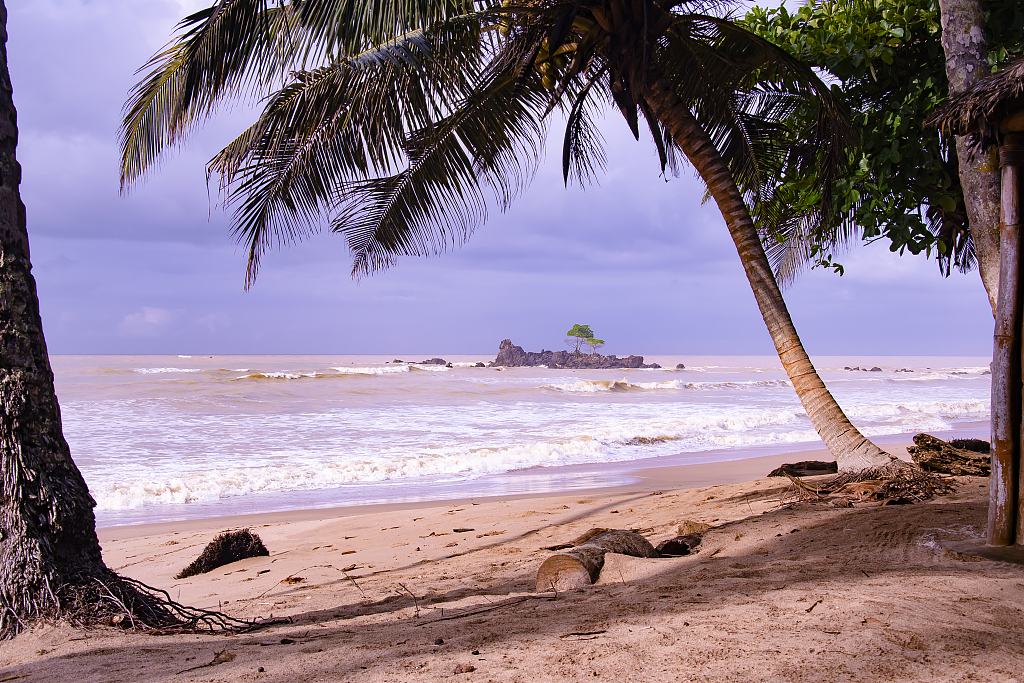
A beach in Ghana. /VCG Photo
The great natural sites to visit in Ghana include Mole National Park located in northwest of the country. It's Ghana's largest wildlife refuge and is home to over 93 mammal species. Another one is Kakum National Park located in the coastal plain region. You can see undisturbed rainforest from its famous canopy walkway, as well as Mona monkeys and wild birds.
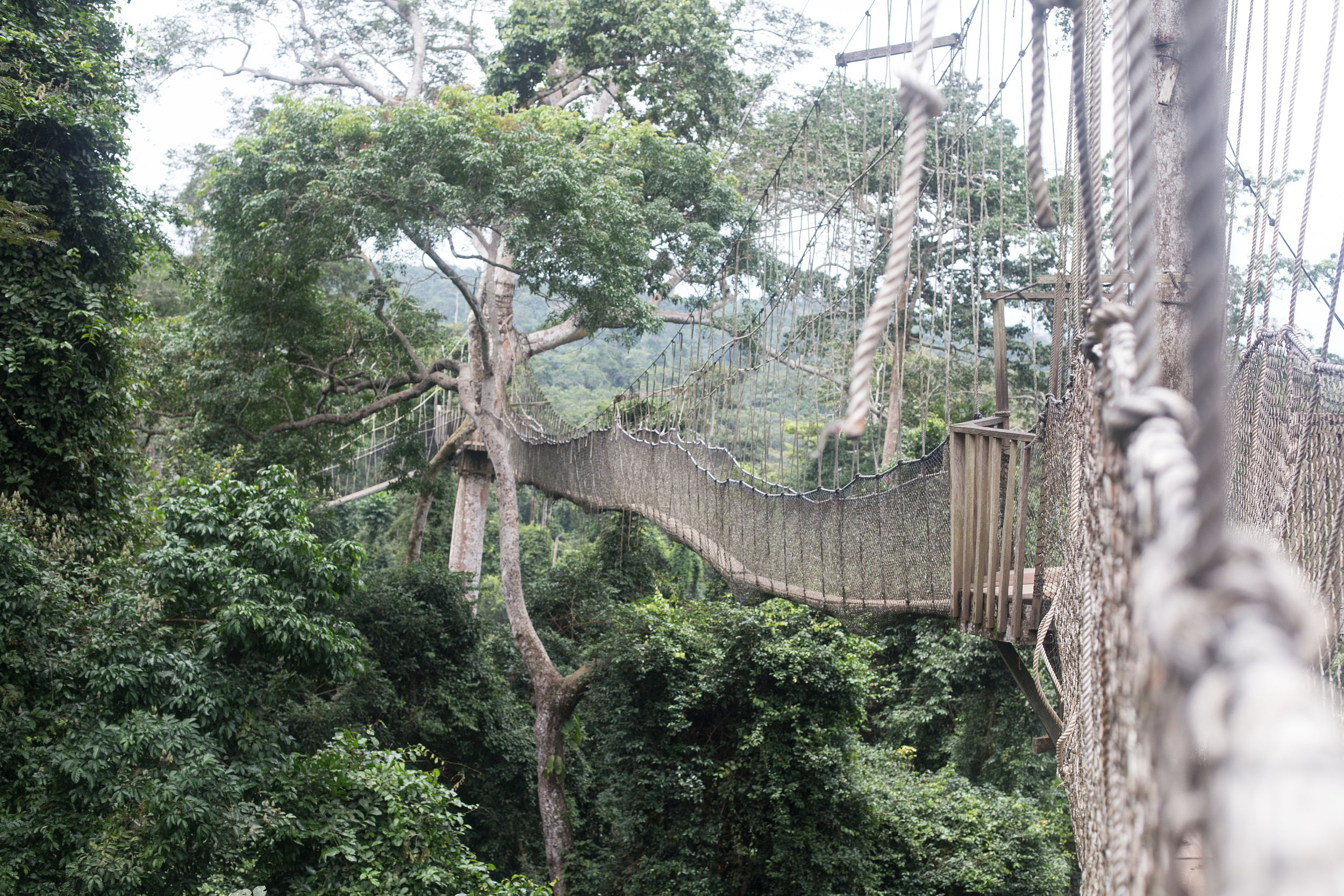
Rope bridge connecting treetops in the rainforest canopy at Kakum National Park, Ghana. /VCG Photo
However, much of Ghana's natural vegetation has been damaged due to agriculture and industrial development. Deforestation and overgrazing have caused soil erosion. So far, several conservation plans have been implemented to prevent the situation from getting worse.
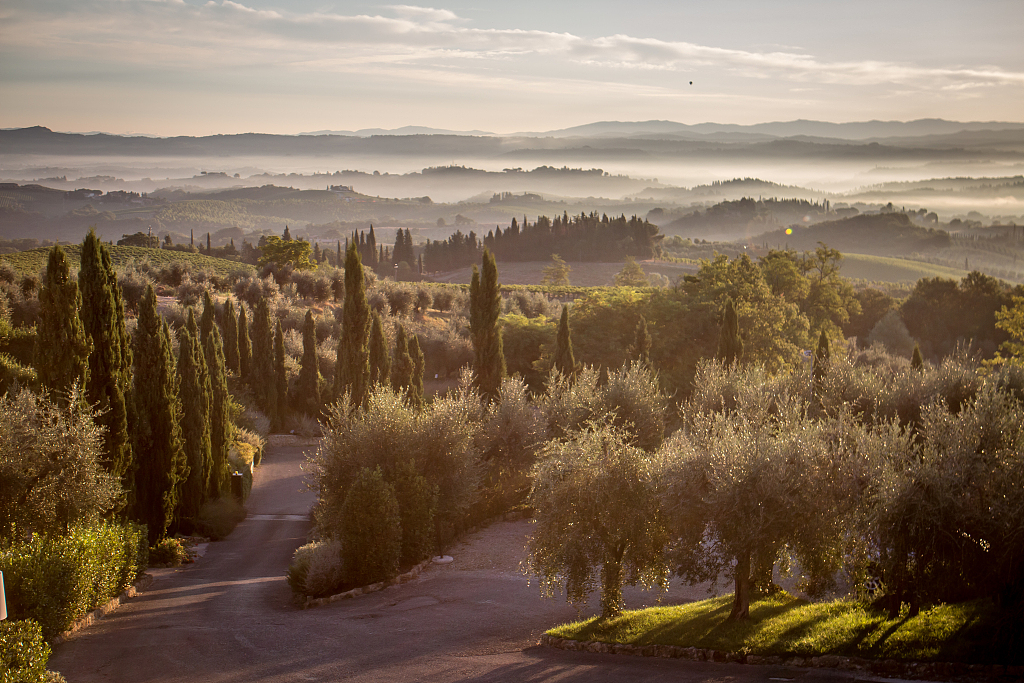
Landscape of Ghana. /VCG Photo
To raise awareness of the country's natural resources, we will introduce three plants of great economic value to Ghana.
Cocoa tree
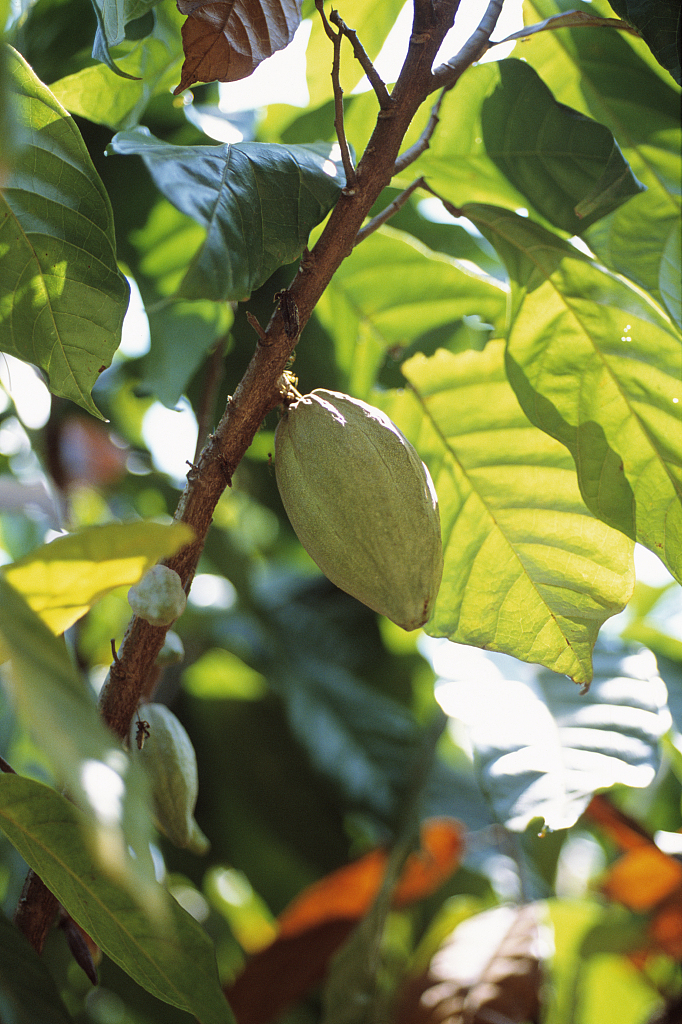
Cocoa tree /VCG Photo
Native to the tropical regions of the Americas, cocoa has been cultivated worldwide for thousands of years. The Mayans believed cocoa was the food of the gods and the beans were used as currency.
By the late 1870s, cocoa plantations were introduced to Africa, and between 1911 to 1976, Ghana was already the world's leading producer of cocoa.
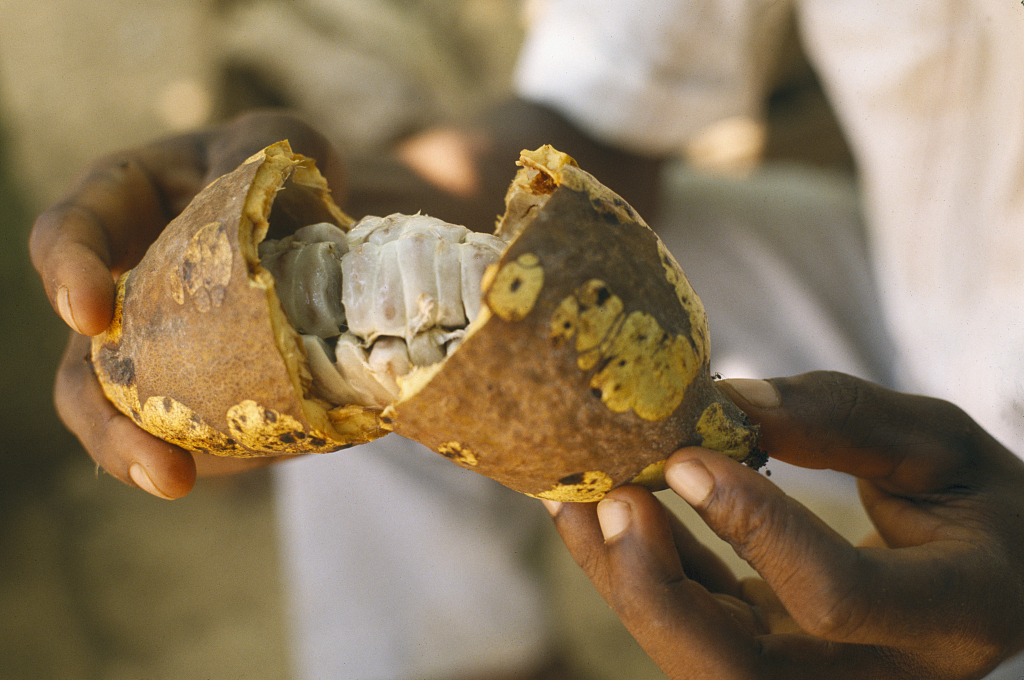
The beans inside are the main ingredients for chocolate. /VCG Photo
Today, cocoa continues to play a significant role in Ghana's economy. It is mainly cultivated in Western, Central, Eastern, Ashanti and the Volta regions of the country.
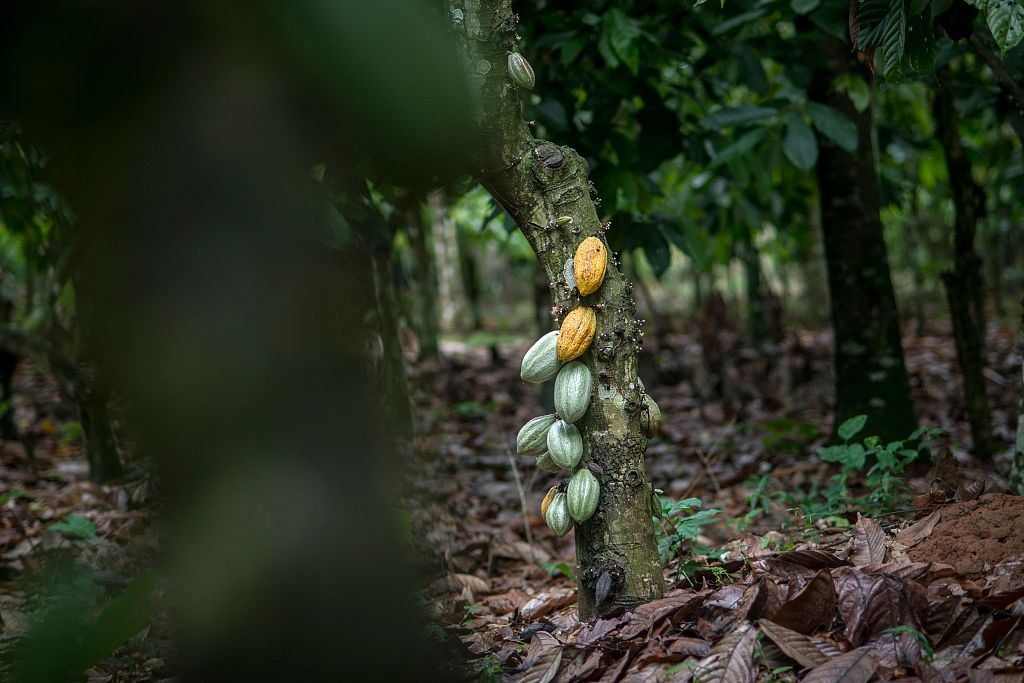
View of cacao pods in a cocoa tree at Tetteh Quarshie cocoa farm in Mampon on June 14, 2019, in Eastern Region of Ghana. /VCG Photo
The small flowers of the cocoa tree grown on the trunk and older branches. The fruit, called a cacao pod, contains 20 to 60 beans that are the main ingredients for chocolate.
Coconut palm
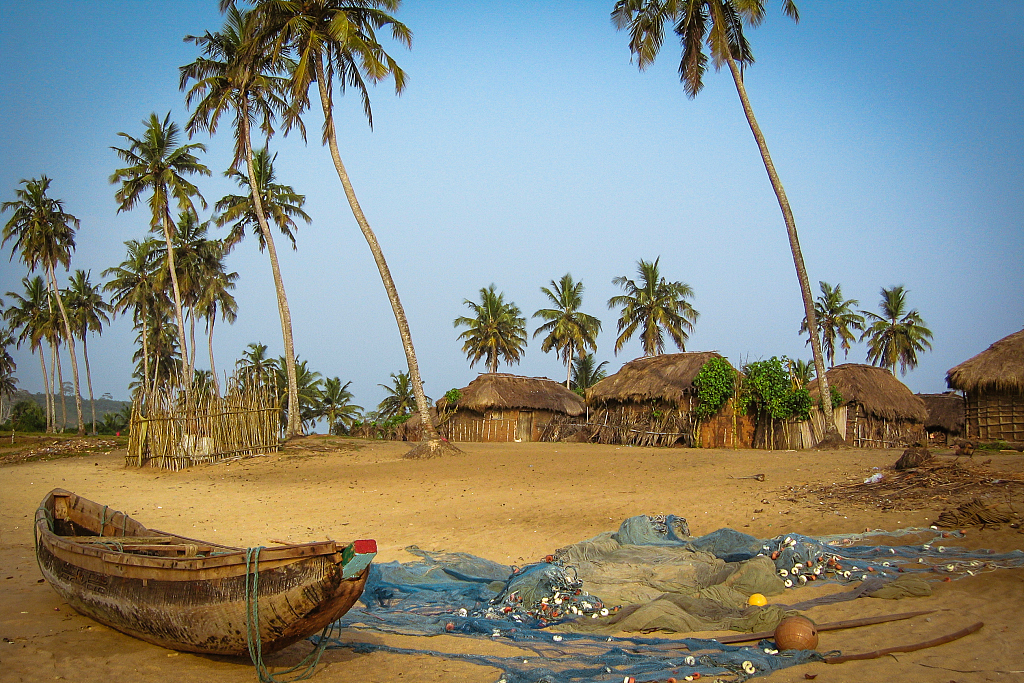
A small fishing village on Butre beach, Ghana. /VCG Photo
The coconut palm is one of the most important cash crops in the coastal regions of Ghana. You can see coconuts sold at almost every corner in Accra, the capital and the largest city in the country.
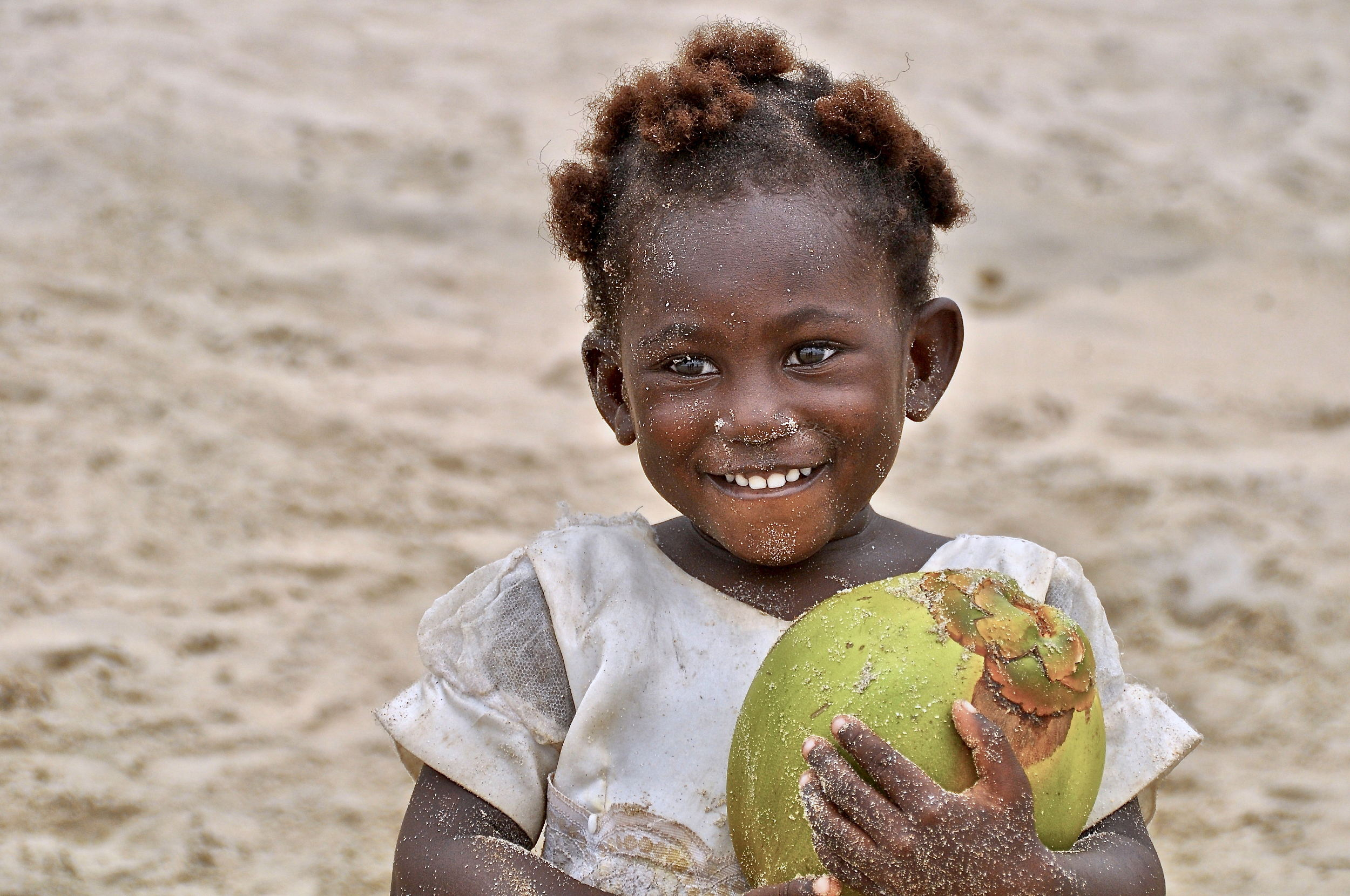
A girl holding a coconut at a beach in Ghana. /VCG photo
Coconut flesh and juice is known to be very nutritious, containing vitamins C, E, B1 and more. Coconut oil is used in traditional medicine because of its healing properties. The roots of the coconut tree provide lipids, lauric acids, and the like, which can help cure skin diseases.
Shea tree
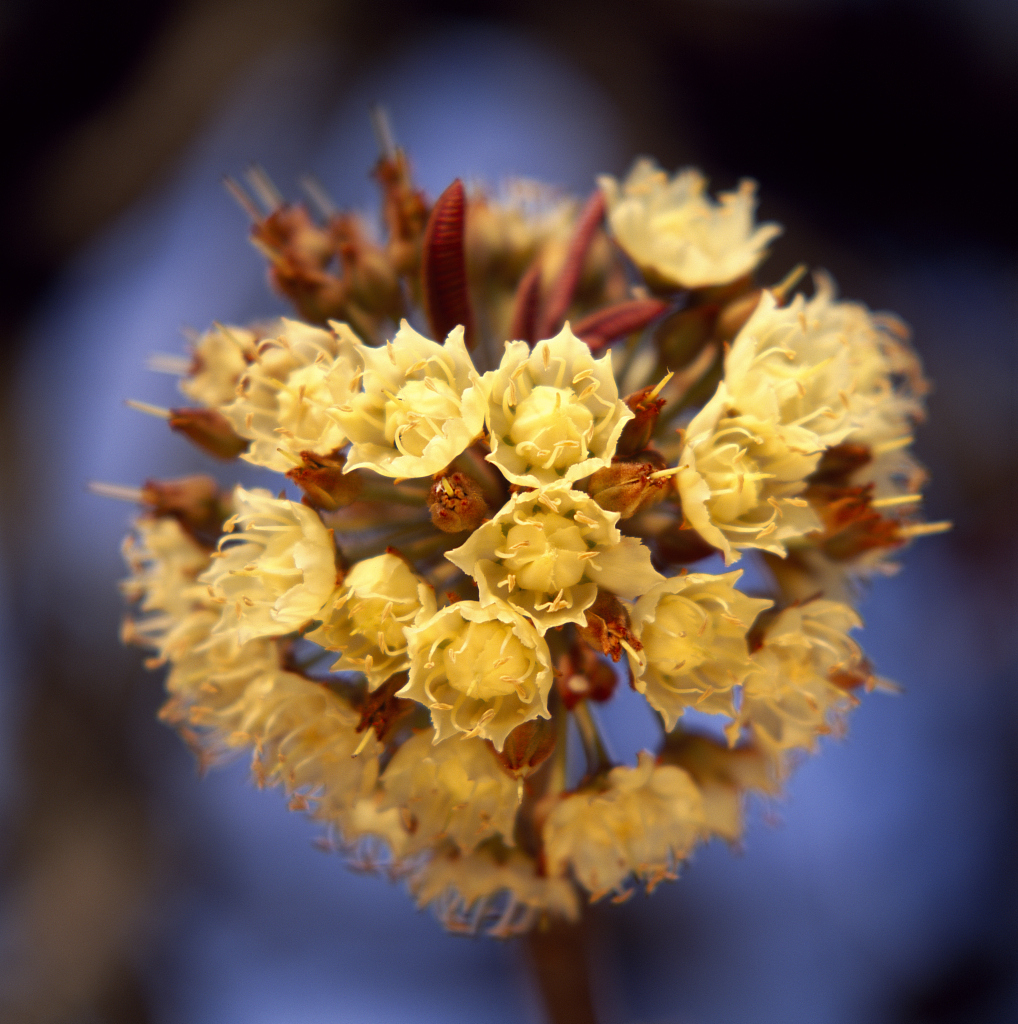
Shea flower. /VCG Photo
The shea tree is indigenous to the dry savannah of Africa. Its fruit is used to extract the shea butter that is in great demand in the cosmetic industry. Ghana is one of the leading suppliers of the butter and many communities in Northern Ghana depend on the tree as their source of income. Women lead the production of this butter.
The shea tree, also called shi tree, is a traditional African food plant. The tree can produce nuts for up to 200 years after it matures.
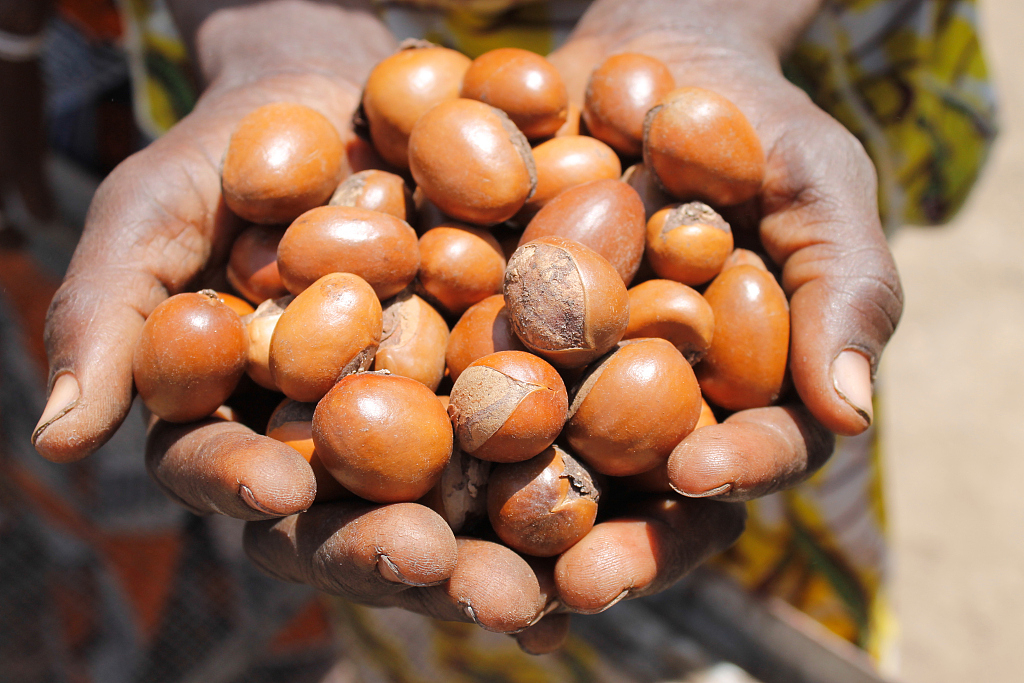
A person holding shea seeds. /VCG Photo
Besides of its cosmetic value, the shea butter is also used in food preparation. However, due to residential and commercial development, the number of shea trees has been greatly reduced. It is now listed as vulnerable on the International Union for Conservation of Nature (IUCN) Red List.
About 'Plants & Nations'
Plants & Nations is a series of articles and pictures about common plants in the world. It serves as a guide to beautiful plants from different countries.
For more articles of the series, you can check:
(Cover image via VCG)
(If you want to contribute and have specific expertise, please contact us at nature@cgtn.com.)

Copyright © 2018 CGTN. Beijing ICP prepared NO.16065310-3
Copyright © 2018 CGTN. Beijing ICP prepared NO.16065310-3